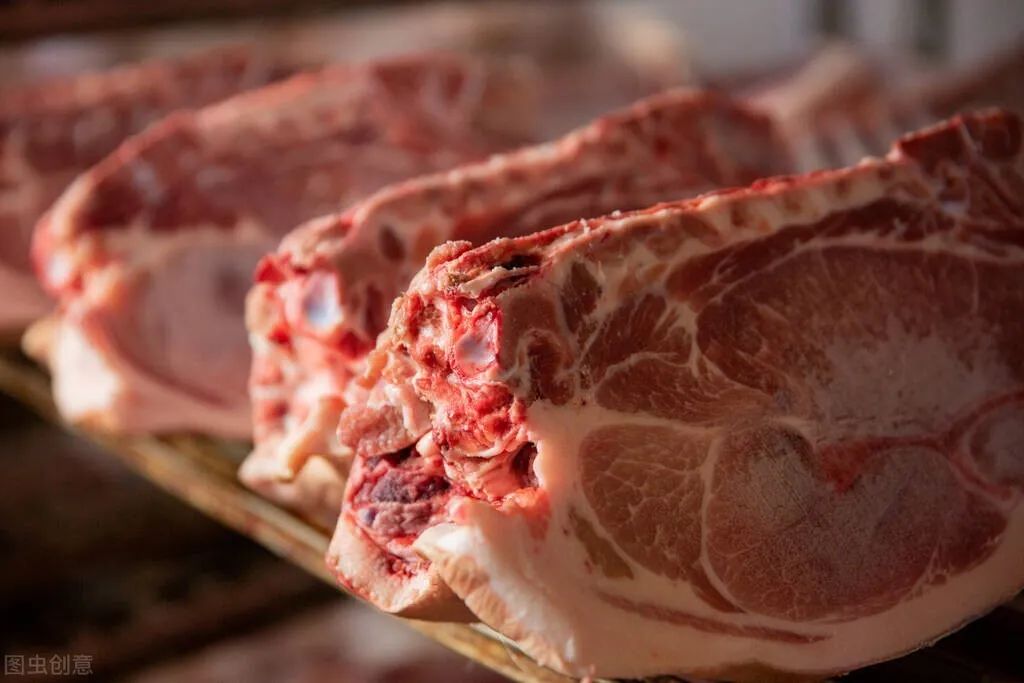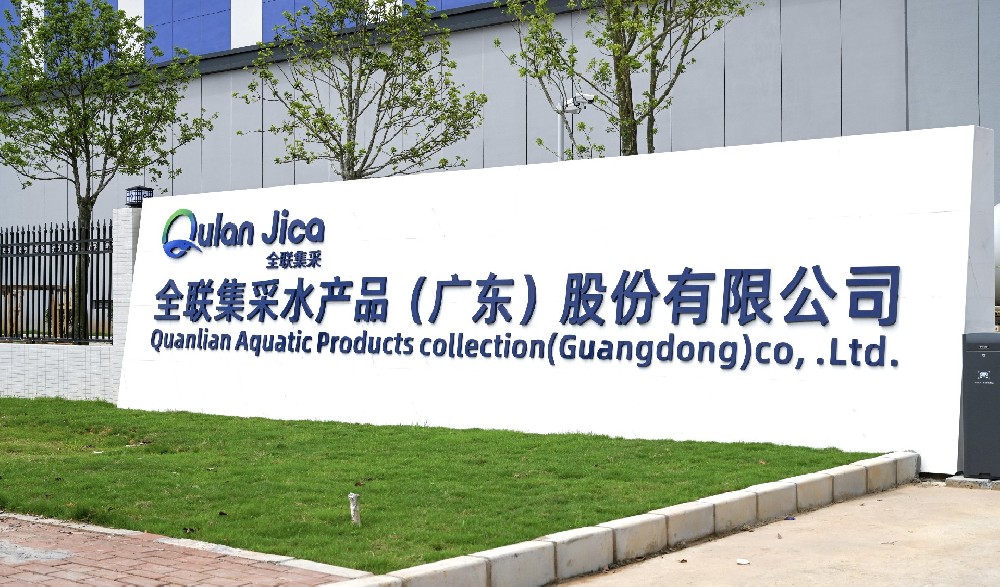Year-end Imported Beef Futures Market: China Importers Dominate Price Trend

As 2024 draws to a close, the international beef market has entered a downward channel after experiencing October-November purchases and high prices, and the strategy of China importers has become a key factor affecting the market.

Argentine meat trader Fausto Brighenti revealed that beef deals with China have been cold recently and prices have fallen because China importers have coordinated price reductions in negotiations with South American exporters, and the transaction price has been lower than the production costs of South American countries.This strategy led to a sharp drop in trading volume at the end of the year, while the decline in Brazilian live cattle prices and the depreciation of the real against the US dollar jointly pushed down international beef prices as a whole.
Looking back to 2024, the international beef price trend presents obvious phased characteristics.In the first half of the year, the China market dominated negotiations at low prices, with importers gaining the upper hand.However, in the second half of the year, the situation changed, especially before and after SIAL Paris Food Show, export prices and live cattle prices rebounded strongly, mainly due to the outbreak of demand in China, and the beef price in MERCOSUR approached US $4 per kilogram carcass within 12 weeks.However, in the past three weeks, China demand has fallen and Brazil's live cattle market has turned down.
Despite the current market volatility, Brighenti remains optimistic about the outlook for live cattle in MERCOSUR and expects prices to continue to rise next year.For 2025, he pointed out in particular that the distribution of imported beef in the China market before the Lunar New Year in China at the end of January will become the key data of the market weather vane and will set the market tone.In addition, the U.S. market will continue to balance the volatility of the China market. It is expected that there will be opportunities for beef exports from MERCOSUR in 2025, and supply problems remain to be solved.
From the perspective of China importers, the pricing power in the international beef market is gradually strengthened, and collective action to lower import prices can reduce procurement costs in the short term, but it may also bring some potential risks.For example, excessively depressed prices may cause South American exporters to reduce their supply to China and seek other markets instead, affecting import stability and diversification.For the international market, the fluctuation of China demand significantly affects the price, highlighting the dependence of the global market. All major market participants need to pay close attention to the dynamics of China market, flexibly respond to the changes in supply, demand and price, and maximize the benefits of global beef trade.
-

Quanlian’s Digital Intelligence Recognized Again with Two Data Intellectual Property Certificates
2025-09-04 -
The 14th Shrimp Industry Development Conference Opens in Guangzhou. Quanlian Joins Industry Dialogue on Growth and Synergy.
2025-07-15 -
Strengthening Strategic Cooperation and Facilitating Market Access – President of the Brazilian Shrimp Farmers Association Visits Quanlian Cold Chain Logistics Park
2025-07-10 -
Quanlian Opens India Office, Pioneering Smart Supply Chain’s First Mile
2025-07-05 -
Quanlian Cold Chain Logistics Park Completed and Operational
2025-07-05 -
Industry experts gather in the whole federation to seek a new chapter in aquatic circulation
2024-07-10













